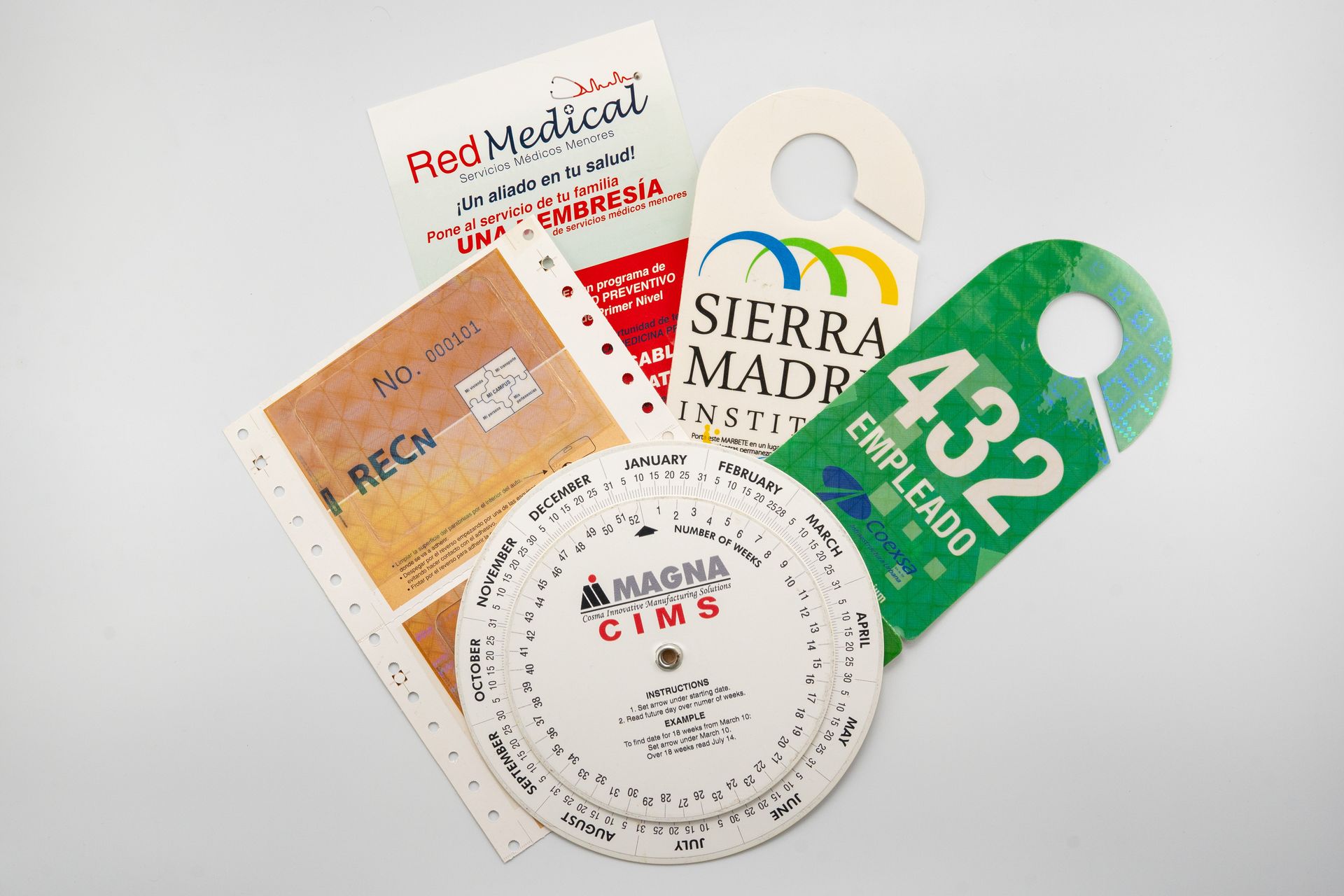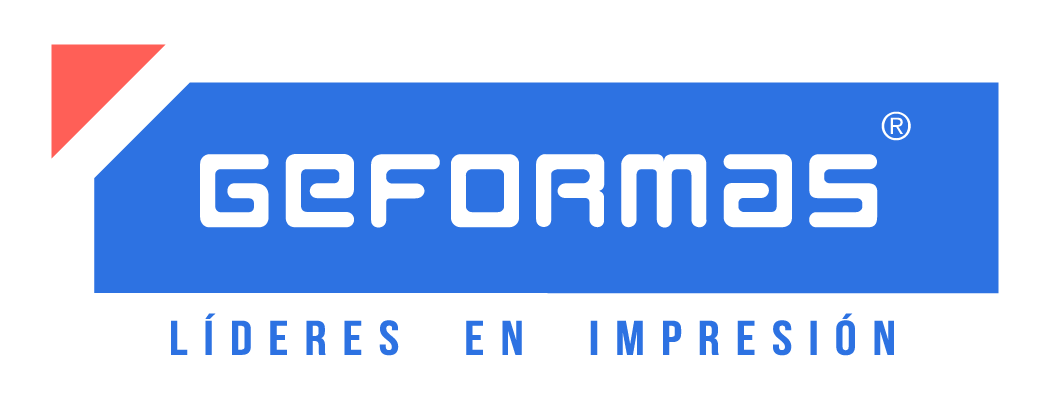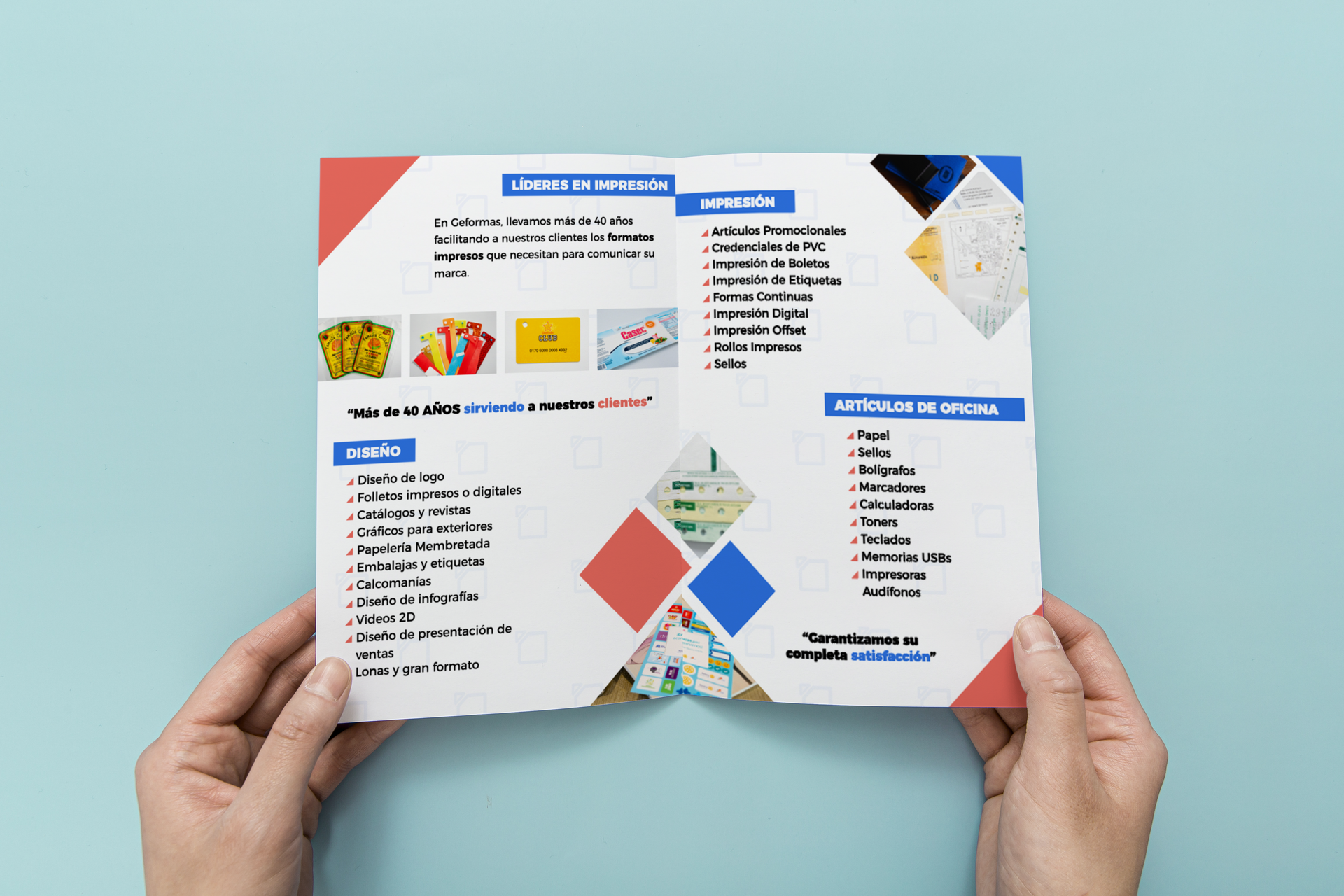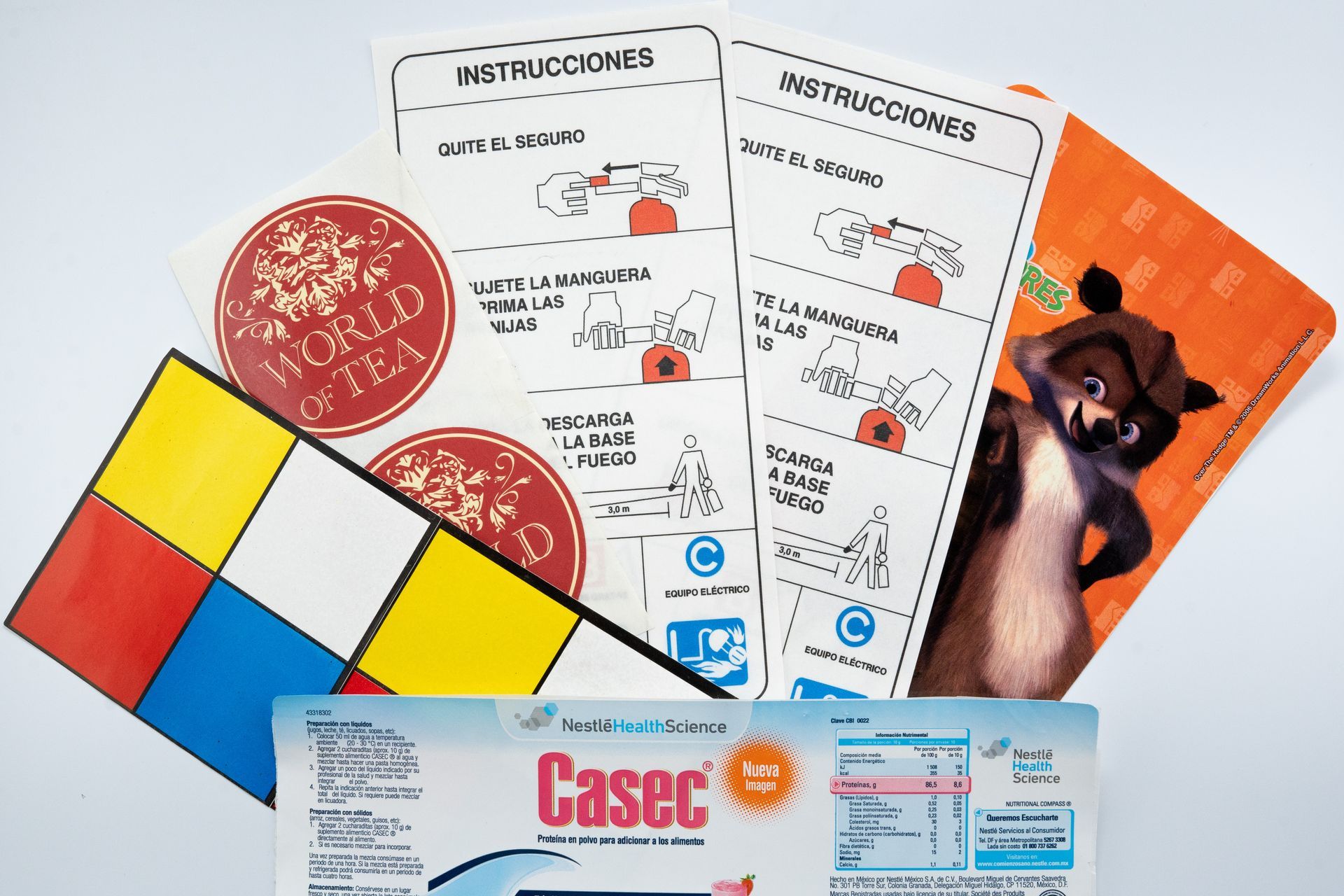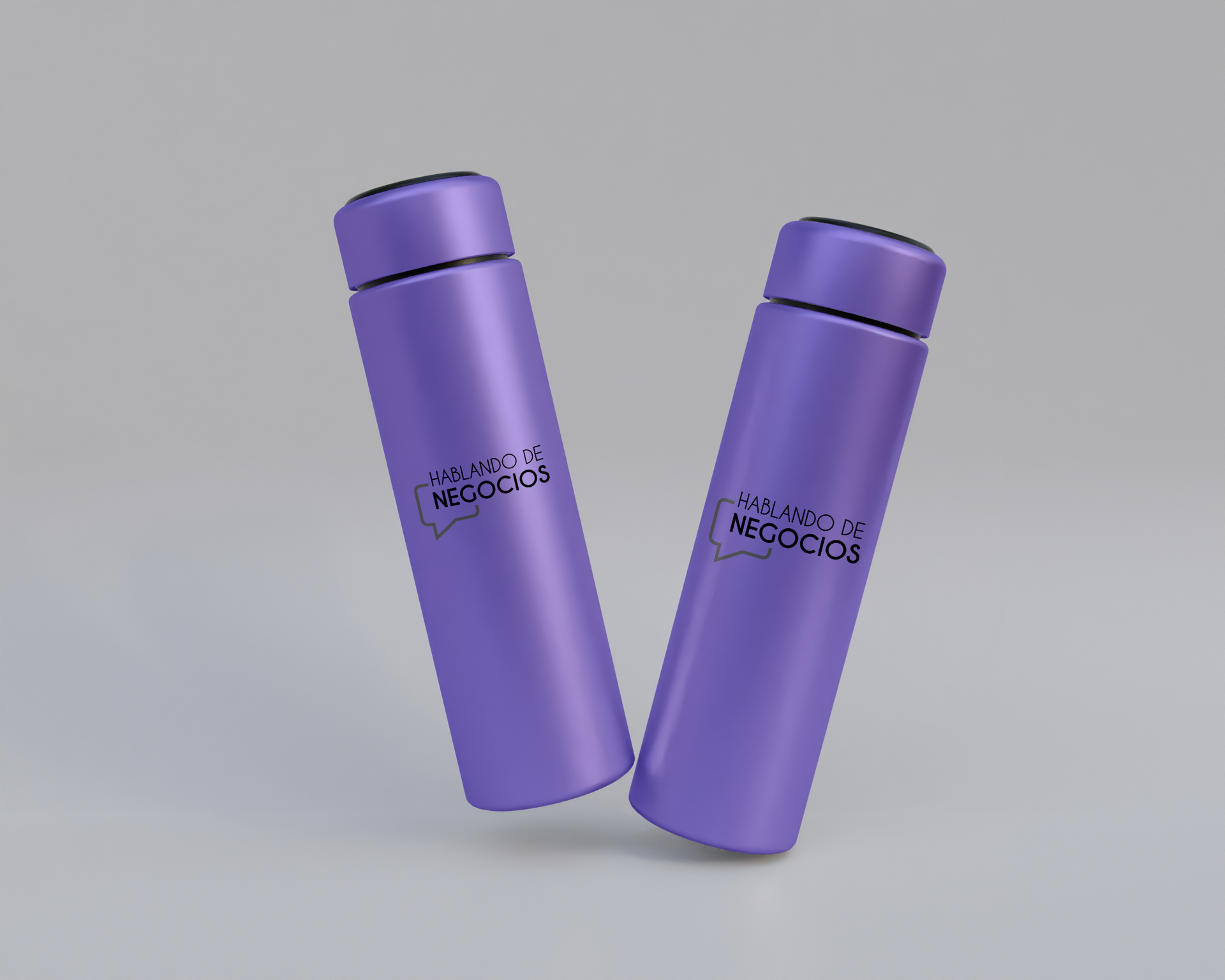How to position yourself on YouTube
Make your Youtube videos appear among the first results! Learn all about preparing your video with keywords, using tags and positioning yourself in this search engine.

Videos have become the public's favorite content. Nowadays there isn't a more effective way to connect with the audience than videos. When it comes to positioning videos, it's always best to work with a free site like YouTube.
For storage reasons, these tools allow us to upload our content with no problems whatsoever. That said, it is within this search engine that we can implement a
SEO strategy.
YouTube is the second most used search engine after Google. This, along with the rise in popularity of multimedia content, means that there is a great opening to promote our content.
Videos on your website
When it comes to positioning videos, there is not much we can do within our websites. The reason for this is that the content is rarely embedded on our page, mainly because this is a great demand for storage.
To avoid problems and complications, it is
always better to turn to links. The process is rather simple:
- The video is uploaded to a free website like YouTube or Vimeo.
- The video link is embedded in the web page.
- The user can view the video from the page or access to it through the link.
This way you can provide the user with an easy and recognizable way to access videos from your website, in addition to providing a more varied range of content.
Positioning on Youtube
To position ourselves on this platform, our work must be focused on a number of points:
- The Viral potential of a video is directly proportional to the entertainment it provides. In other words, for your videos to have a good impact, these must be at least entertaining.
- Videos that solve a question or teach you to do something, have a continuous 50% growth per year.
- Google positions videos using two criteria: user interaction and viewing time.
In order for our video to have a good organic positioning, we must get users to see more than 2 minutes of the content, leave a comment and share the video. All this in the first 72 hours since its publication.
It is with a significant number of visits and interactions that we can achieve being on the first page of the SERP. Something that we must also take into account, as always in SEO, are the keywords to position.
There are tools that prove to be very helpful in analyzing our performance on YouTube. These are vidIQ and TubeBuddy, both are free apps that show us statistics and interesting facts about our videos and those of the competition.
Tools like this are very practical when it comes to setting up our video and conducting competitor studies. Especially if they have the option to be inserted as a browser extension.
Finally, there is a resource for advertising our video through Google Adwords. Paid ads can give a little push to the video that can be very useful, especially during the first 72 hours.
SEO on Youtube
Setting up a video with SEO strategy is relatively simple on YouTube. This is mainly to add naturally the keywords to position as many times as possible.
To work with the title of your video you must be clear and direct, as well as include your main keyword. Remember that
your
title should call the viewer to click on your video.
YouTube allows you to enter up to 5,000 characters in the video description. This means that you have the opportunity to include keywords and all variations of them as possible, as many times as you need.
The large text extension available will allow you to include keywords in a natural and easy-to-read way.
In the tags section we also have the possibility to extend. With a limit of 500 characters, here you can add the tags you want to associate to your video.
Some tips so that your video can be positioned on both Google and Youtube are:
- Subtitles: these can be a transcript of the video content. This gives Google more text to position you, as well as making your content more accessible to people with hearing impairments.
- Translation: Youtube gives us the possibility to open up to other markets by including a title, description and subtitles in other languages.
- Sort our videos into playlists or add them to existing playlists.
- Include an info card and other items on the final screen.
- Share it on other social media.
- Interact in the comments section with quick replies.
YouTube is a search engine that's less saturated with results compared to Google, Firefox, Safari, etc. This means that we can include content in video and position ourselves more easily by this means.
For this, we can work on the production of interesting videos that are also configured to capture the attention of the public and that of search engines. To learn more about SEO strategies and the effective positioning of your content, we recommend contacting an expert to start with the right foot.
Comparte
Blog para Negocios
